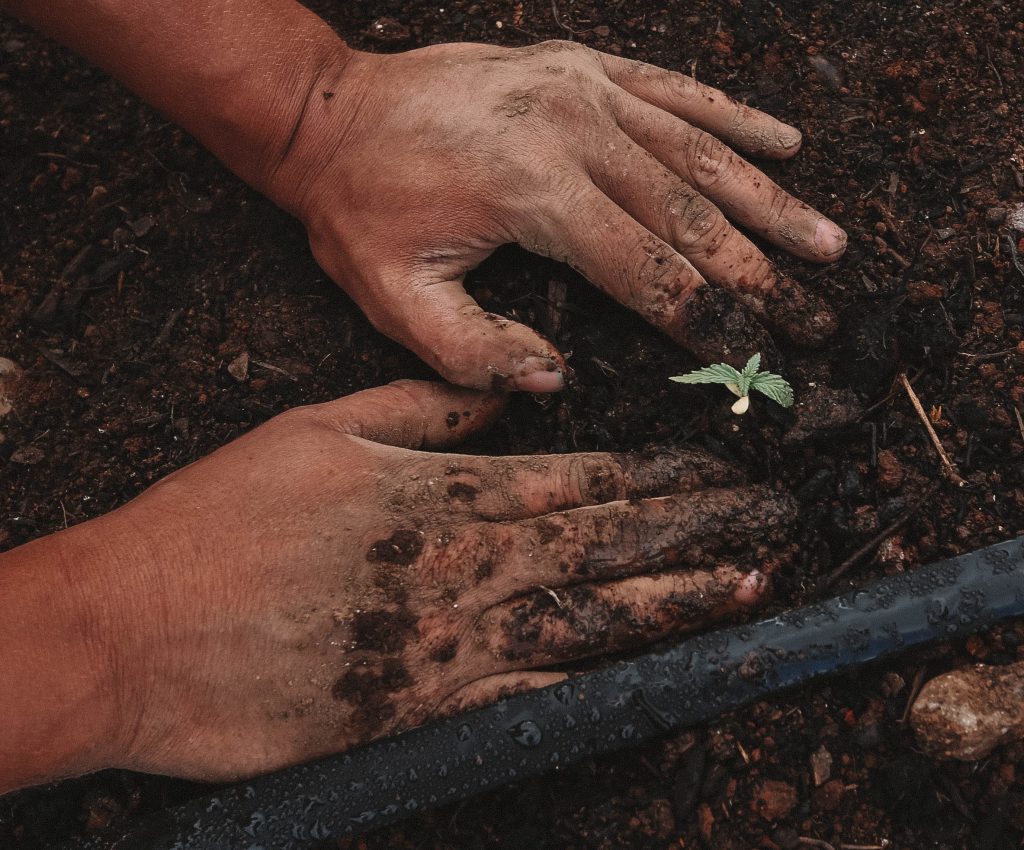
A Sustainable Future: Hemp for the World
What is industrial hemp?
So, what is hemp exactly? You might be wondering about it after hearing the word “hemp” on the news, the internet, your social media sites, maybe even reading it on packages at your local grocery store. You might be wondering, will this hemp protein powder make me feel high?
Industrial hemp is often mistaken for psychoactive cannabis, because they come from the same plant family, (cannabis sativa) but it does not have the amounts of THC found in marijuana.
Like it or not, you cannot get high from industrial hemp.
The good news is that it can be made into countless materials and foods, and is exponentially better for the environment than other options. For centuries, hemp has been used to make fabrics, and now hemp seeds and fiber are being used to make concrete, plastic, fuel, rope, and more.
How is hemp better for the environment, you ask? Let’s get into it.
Water Conservation
One third of the world’s textiles are made with cotton. A cotton tshirt requires 2700 liters of water to manufacture, and hemp uses 1 quarter of the water that cotton uses. This is a significant reduction. Hemp is considered a non-water intensive crop, making it a more sustainable choice especially when pitted against cotton.
Biodegradable Plastic
According to the UN, it is estimated that half of all plastic is single use, and 60% of it ends up in landfills or in nature. Hemp plastic is the obvious alternative as it’s strong, lightweight, and biodegradable. On top of that, it is also better for our health as it does not contain the chemicals that are often found in other plastics, which negatively impact the body’s endocrine system.
Building materials
Demand for concrete (cement) has been increasing steadily and is predicted to continue in the same way for the unforeseeable future. Cement is the second most consumed resource worldwide and is the second largest producer of C02 emissions.
Hempcrete production does not produce as many CO2 emissions as cement, making this an environmentally friendly option for such a sought after product.
Deforestation
19 million acres of forest are lost to deforestation every year, due to harvesting for paper, or clearing to make room for other crops. Industrial hemp fiber can be grown in smaller spaces and less expensively. An acre of hemp can produce 4 times as much pulp for paper as trees, and in a much shorter time. An incredible difference! Hemp paper is also much more recyclable. Paper made from wood can be reused up to 3 times, but hemp paper can be reused 7-8 times. Another significant improvement.

So, what next?
Hemp was included on the Controlled Substances Act until 2018, so it wasn’t getting much attention or research. Since the US Farm Bill was passed in 2018, and hemp was removed from this list, we are just 3 years into scaled research on the crop. Compared to cotton, soy, tobacco and other industries, the hemp industry is still under-developed and we are still discovering the potential impact that it will have.
As we see the toll on the planet from other materials, now is the time to to progress this sustainable alternative. The impacts measured so far are profound, and that’s just the tip of the iceberg.
Looking for a way to level up your eco friendly practices and be a pioneer in this environmental initiative? Start buying items made from hemp more often, talking to your family about its importance (in turn, helping to reduce the unnecessary stigma), and start being conscious of how you can play a role in supporting hemp farmers.
Hemp for a sustainable future? Research shows the answer is yes.

